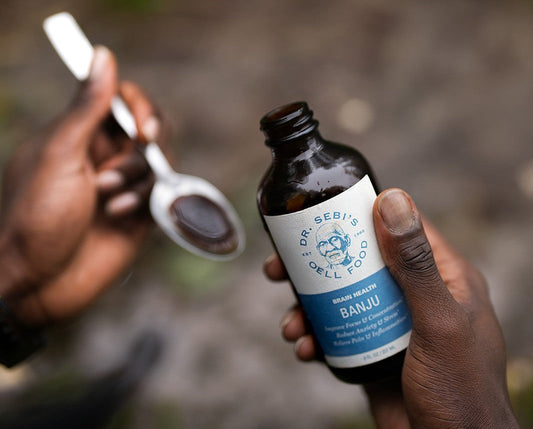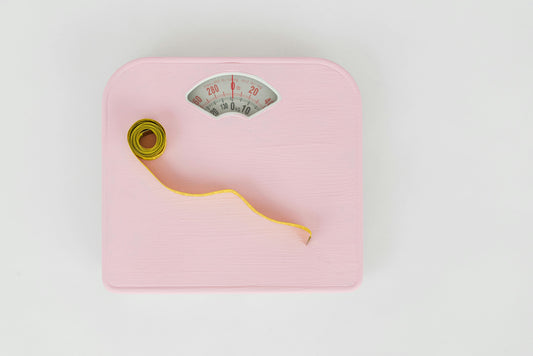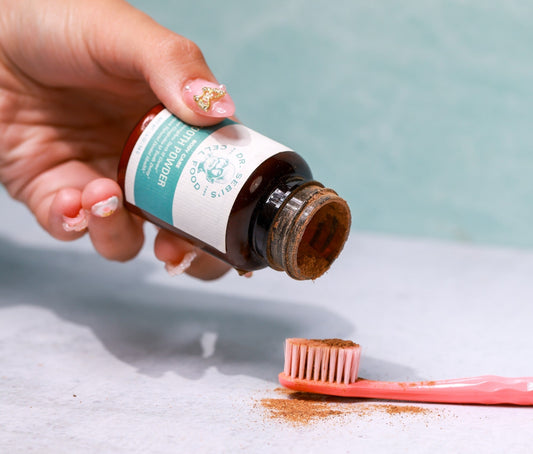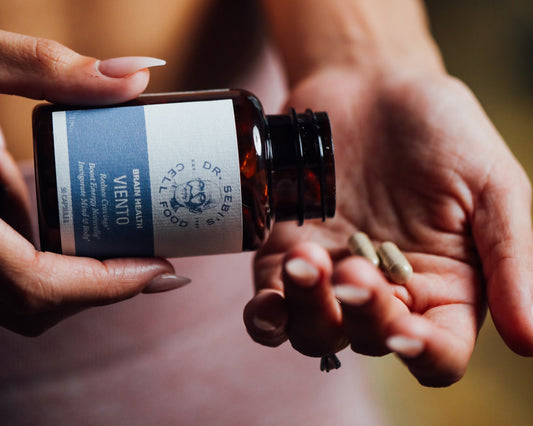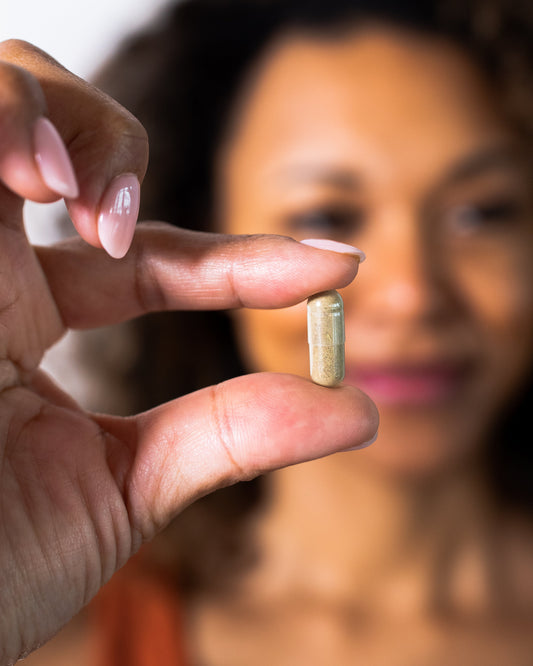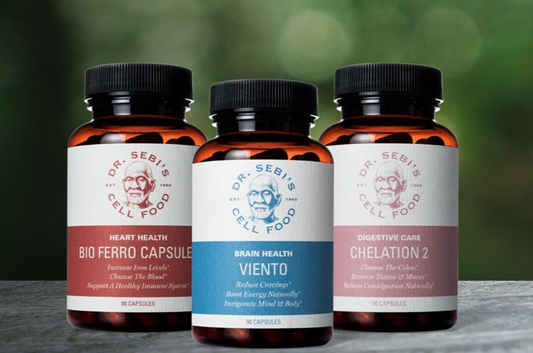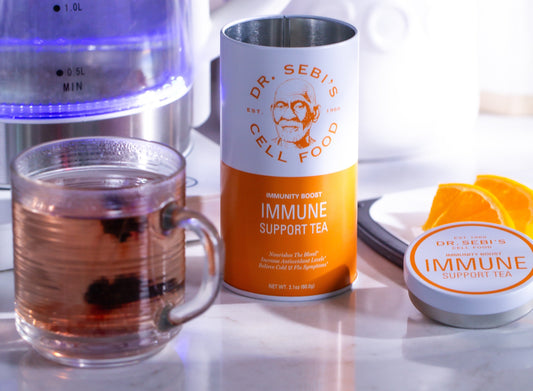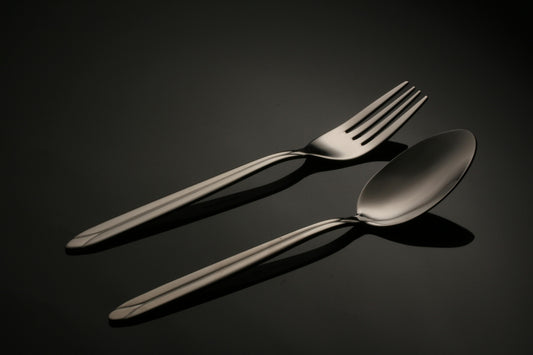If you’ve ever begun a cleanse or shifted to an alkaline lifestyle and suddenly felt tired, headachy, or even moody, you’ve experienced what’s called a detox reaction. It can be confusing—you start eating better and yet you temporarily feel worse.
Dr. Sebi often reminded his followers that “healing isn’t always comfortable—because the body is finally cleaning.” These reactions are not a setback but a sign of progress: old waste, acid, and mucus are being released, and the body is adjusting to a higher level of cleanliness.
This article explains why detox reactions occur, what’s normal, what’s not, and how to manage them naturally so you can move through cleansing with confidence instead of discouragement.
What Is a Detox Reaction?
A detox reaction—sometimes called a healing crisis or Herxheimer response—is a short period in which the body experiences temporary discomfort as stored toxins, mucus, or acids are mobilized and eliminated.
When you begin eating alkaline foods and herbs, your circulation improves, your organs become more active, and cellular waste starts moving. If those pathways are not yet fully open, the waste can circulate in the bloodstream for a short time before leaving the body, causing transient symptoms such as:
-
Headaches or dizziness
-
Fatigue or weakness
-
Skin breakouts or rashes
-
Digestive upset or loose stools
-
Mucus discharge (sinus, lungs, bowels)
-
Body odor or coated tongue
-
Mood swings, irritability, or brain fog
While these sensations can be uncomfortable, they usually indicate the body is cleansing correctly—especially if you’re also hydrating well and resting.
Why Detox Reactions Happen
1. Rapid Toxin Mobilization
When the liver and lymphatic system start working efficiently again, stored waste is released faster than usual. Until it exits through urine, stool, sweat, or breath, it temporarily circulates through the bloodstream, producing mild flu- or cold-like symptoms.
2. Microbial Die-Off
An alkaline environment weakens harmful bacteria, yeasts, and parasites that thrive in acidity. As they die off, their metabolic waste can trigger inflammation, bloating, or skin eruptions.
3. Shifts in Blood Sugar and Hydration
Removing processed foods and caffeine can cause transient fatigue or headaches as your body adapts to steadier, natural energy sources.
4. Emotional Detox
The nervous system is closely tied to physical cleansing. As the body releases chemical stressors, old emotional patterns may surface briefly—irritability, sadness, or bursts of clarity are common.
How Long Do Detox Symptoms Last?
Most reactions last 24 to 72 hours, though mild fatigue or mucus release can persist up to a week in deeper cleanses. Duration depends on:
-
How acidic your previous diet was
-
Level of hydration
-
Bowel regularity (elimination speed)
-
Stress and sleep quality
-
Type and intensity of herbs used
If symptoms intensify beyond a few days or interfere with daily functioning, it may signal that detoxification is moving too quickly—slowing down and supporting elimination usually resolves this.
The Most Helpful Herbs for Gentle Detox Support
Burdock Root
Cleanses the blood and skin, preventing toxins from re-circulating.
Best for: breakouts, inflammation, sluggish liver.
Dandelion Root & Leaf
Supports bile flow and gentle diuresis to flush waste.
Best for: fluid retention, puffiness, hormonal balance.
Sarsaparilla Root
Iron-rich blood builder that binds and carries toxins out.
Best for: fatigue, heavy-metal detox, skin clarity.
Sea Moss
Replenishes minerals lost during cleansing; soothes mucous membranes.
Best for: hydration, electrolyte balance.
Ginger Root
Stimulates circulation and digestion; prevents nausea.
Best for: bloating, sluggish metabolism.
Tila (Linden Flower)
Calms the nervous system and encourages rest.
Best for: stress, anxiety, or sleep disturbance during detox.
Elderberry
Enhances lymphatic and immune activity.
Best for: sinus and respiratory cleansing.
Managing Detox Reactions Naturally
1. Hydrate Deeply
Water is the vehicle for elimination. Aim for 3–4 liters of spring water daily. Add key lime, cucumber, or sea moss to boost mineral absorption.
2. Support the Bowels
Daily elimination is essential; if you skip a day, toxins may reabsorb.
-
Drink spring water on waking.
-
Eat watercress, kale, and avocado for fiber and magnesium.
-
Consider a gentle herbal digestive tea (cuachalalate, cascara sagrada) if sluggish.
3. Rest Generously
Detoxing is internal labor. Prioritize 8+ hours of sleep, naps, and quiet. Avoid high-intensity exercise; choose stretching, walking, or deep breathing instead.
4. Sweat It Out
Sweating through mild exercise, saunas, or hot baths accelerates cleansing through the skin. Add a pinch of sea salt or sea moss powder to replenish electrolytes.
5. Breathe Consciously
Slow diaphragmatic breathing releases carbonic acid and calms the vagus nerve, reducing tension headaches and anxiety.
6. Eat Simply
Stick to fresh fruits, greens, and soups. Avoid mixing too many items—simplicity eases digestion and frees energy for repair.
7. Use Sea Salt Baths
Add 1 cup of sea salt & a soothing essential oil to warm water; soak for 20 minutes. This draws acids out through the skin and relaxes muscles.
8. Journal and Reflect
Emotional cleansing parallels physical cleansing. Writing helps process what arises so you don’t internalize it again.
When to Slow Down
Mild discomfort is normal, but persistent or severe symptoms mean you should ease the process:
-
Extreme fatigue or dizziness → add light alkaline meals (quinoa, avocado).
-
Prolonged diarrhea → pause herbs, focus on hydration.
-
Emotional overwhelm → rest, journal, or talk with supportive friends.
Healing happens in waves. It’s okay to pause—your body integrates even while resting.
How to Tell It’s Working
Signs your detox is moving in the right direction:
-
You urinate more frequently with a clear to pale yellow color.
-
Bowel movements are regular and lighter.
-
Breath and skin odor improve.
-
You sleep more deeply.
-
Energy stabilizes after initial fatigue.
-
Skin becomes brighter; eyes clearer.
-
Mood feels calmer and focused.
Within a week or two, most people notice a sense of lightness—less tension, better digestion, and greater mental clarity.
The Alkaline Way to Ease Detox
1. Include Re-Mineralizing Foods
Detox uses up minerals; replace them daily with sea moss, kale, amaranth greens, and avocado.
2. Eat at Consistent Times
Structure helps the liver and digestive organs follow their natural rhythm.
3. Balance Rest and Movement
Stagnation slows cleansing, but over-exertion causes stress. Gentle motion—walking, stretching—keeps the lymphatic system flowing.
4. Focus on Breath and Hydration First
Before adding more herbs, make sure these two pillars are strong; they’re 80 percent of successful detoxing.
5. Trust the Process
Cleansing is cyclical: release, rebuild, restore. The temporary discomfort leads to long-term clarity.
Sample One-Day Gentle Detox Plan (for Soothing Reactions)
Morning
-
Warm lime water on waking.
-
Smoothie with sea-moss gel, kale, cucumber, and dates.
Midday
-
Quinoa bowl with squash, watercress, and avocado.
-
Burdock-sarsaparilla tea.
Afternoon
-
Snack: seeded grapes or figs.
-
Hydration: cucumber-lime water.
Evening
-
Steamed vegetables or a veggie soup.
-
Tila-chamomile tea before bed.
This plan replenishes minerals, keeps digestion light, and supports gentle elimination without strain.
Emotional and Spiritual Aspects of Detox
Physical cleansing often triggers energetic release. As old patterns dissolve, emotions once stored in the body may surface. Rather than resist them, treat them as signals that you’re clearing space for renewal.
Ways to ground yourself:
-
Meditate or breathe before meals.
-
Spend time outdoors—nature balances the nervous system.
-
Express gratitude or pray; it shifts the chemistry of the heart and brain.
-
Write down what you’re letting go of; symbolically release it.
Dr. Sebi described detox not as deprivation but as returning to purity—of thought, breath, and blood.
FAQs
Q: Are detox symptoms dangerous?
A: Generally no; they’re temporary adjustments. If anything feels extreme—persistent vomiting, fever, or sharp pain—pause and seek professional care.
Q: Can I take medication during a detox?
A: Yes, but discuss with your practitioner. Herbal detoxes can affect absorption, so spacing doses a few hours apart is best. We recommend starting with the herbs first waiting at least one hour and then consuming prescribed medication.
Q: How can I reduce headaches without medication?
A: Hydrate deeply, rest your eyes, and try a cool compress. You may also try applying key lime on your temples. Just cut a lime in half and apply it directly to where the headache is happening.
Q: My skin is breaking out—should I stop detoxing?
A: No. Breakouts usually mean your liver and lymph are clearing, it's a natural occurrence. Keep the skin clean and continue gentle hydration; it will settle.
Q: How often do people experience detox reactions?
A: Usually, the first week of switching to an alkaline lifestyle. With consistent eating and hydration, reactions lessen over time.
Dr. Sebi’s Perspective on Detox Reactions
Dr. Sebi often said that symptoms are the language of healing. When waste moves out, the body may ache, but what follows is clarity. He compared detox to cleaning a house—dust rises before it settles.
His approach was always gentle, mineral-focused cleansing, not harsh purges. The goal was never suffering, but restoring the body’s electrical balance.
You don’t fight disease; you remove what feeds it.
Conclusion
Detox reactions are not punishment—they are proof that the body is waking up. Headaches, fatigue, mucus, and skin changes simply mark the transition from stagnation to flow.
By supporting the process with hydration, rest, herbs, and calm awareness, you allow the body to complete its cleansing cycle with ease.
Remember: the discomfort is temporary, but the vitality that follows is lasting. When you assist your body rather than resist it, every detox becomes less of a struggle and more of a return to balance.
Healing begins the moment you stop fighting your own cleansing.













